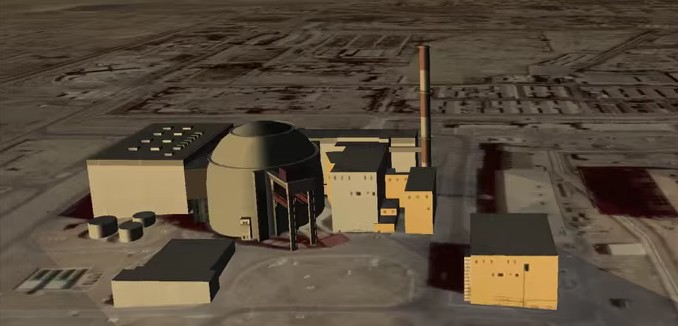The international inspection plan meant to verify that Iran is observing the terms of the recently-signed nuclear deal is not strong enough to ensure compliance, William Tobey, a former deputy administrator for defense nuclear nonproliferation at the National Nuclear Security Administration, wrote (Google link) Wednesday in The Wall Street Journal. He argued that even the “anytime, anywhere” inspections by the International Atomic Energy Agency (IAEA)—a policy that many international experts argued was necessary—would not go far enough in ensuring that Iran does not develop nuclear weapons.
Many observers now are in despair over how far short the nuclear agreement falls of the “anywhere, anytime” standard. But the promise of what such unfettered access could accomplish was always a chimera. Much more would be required for any attempt to monitor Iran’s nuclear program to be a success.
Verifying Iran’s nuclear-safeguards obligations to the IAEA could never have been accomplished solely with anywhere, anytime inspections. Iran is too vast and its government too practiced at denying information and deceiving inspectors for such an Easter egg hunt to succeed.
For inspections to be meaningful, Iran would have to completely and correctly declare all its relevant nuclear activities and procurement, past and present. Veteran CIA nuclear-verification expert John Lauder recently told me that data declarations are “most important because they help set the stage for all other measures.” As former IAEA chief inspector Olli Heinonen told the New York Times last year: “You don’t need to see every nut and bolt, but you are taking a heck of a risk if you don’t establish a baseline of how far they went.”
Tobey noted that Iran has consistently refused to cooperate with the IAEA, and that the deal takes it on faith that Iranian behavior will change. He then went on to explain what, in his mind, would truly be a sufficient inspections regime:
For inspectors to do their job, they require access to supporting records and knowledgeable individuals. They would need to examine invoices, lab notes, personnel files, organization charts, production inventories, building plans and other documents supporting the declaration—assuming one is ever provided—and to discuss the material with scientists and program managers. As former United Nations and U.S. weapons inspector David Kay recently explained to me: “Unfettered access to people and documents is required to tell inspectors what to look for and where to go.”
From there, the inspectors—in a genuine nuclear-inspections program—would construct a comprehensive mosaic of Iran’s nuclear programs, overt and covert. Tile by tile, they would pursue missing pieces, and flag false or inconsistent ones for closer scrutiny. This would have to proceed until the IAEA concluded that it has a complete and correct declaration covering all nuclear-related activities. The IAEA needs to probe gaps and inconsistencies, which are often more difficult to hide than covert enrichment facilities.
Even though Energy Secretary Ernest Moniz and Deputy National Security Adviser Ben Rhodes previously argued that “anytime, anywhere” access had to be part of the deal, the process spelled out in the final agreement falls fall short. Rather, there’s a process for reporting suspicious activities that could take up to 24 days to complete, which, Tobey observed, was “ample time for Iran to hide or destroy evidence.”
Tobey’s assessment of the importance of a having a full accounting of Iran’s past nuclear work is consistent with other experts. David Albright, head of the Institute for Science and International Security, wrote last year in The Wall Street Journal (Google link) that “Without clear answers to these questions, outsiders will be unable to determine how fast the Iranian regime could construct either a crude nuclear-test device or a deliverable weapon if it chose to renege on an agreement.” Similarly, in November 2013, Michael Singh, the managing director of the Washington Institute for Near East Policy, wrote in The Washington Post, “Without insight into the full extent of Iran’s clandestine nuclear activities, no amount of monitoring and inspection can provide true confidence that Iran lacks a parallel program beyond inspectors’ view.”
[Photo: Nuclear Threat Initiative / YouTube ]




